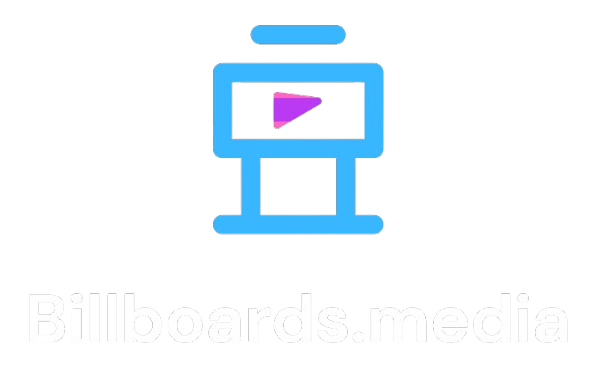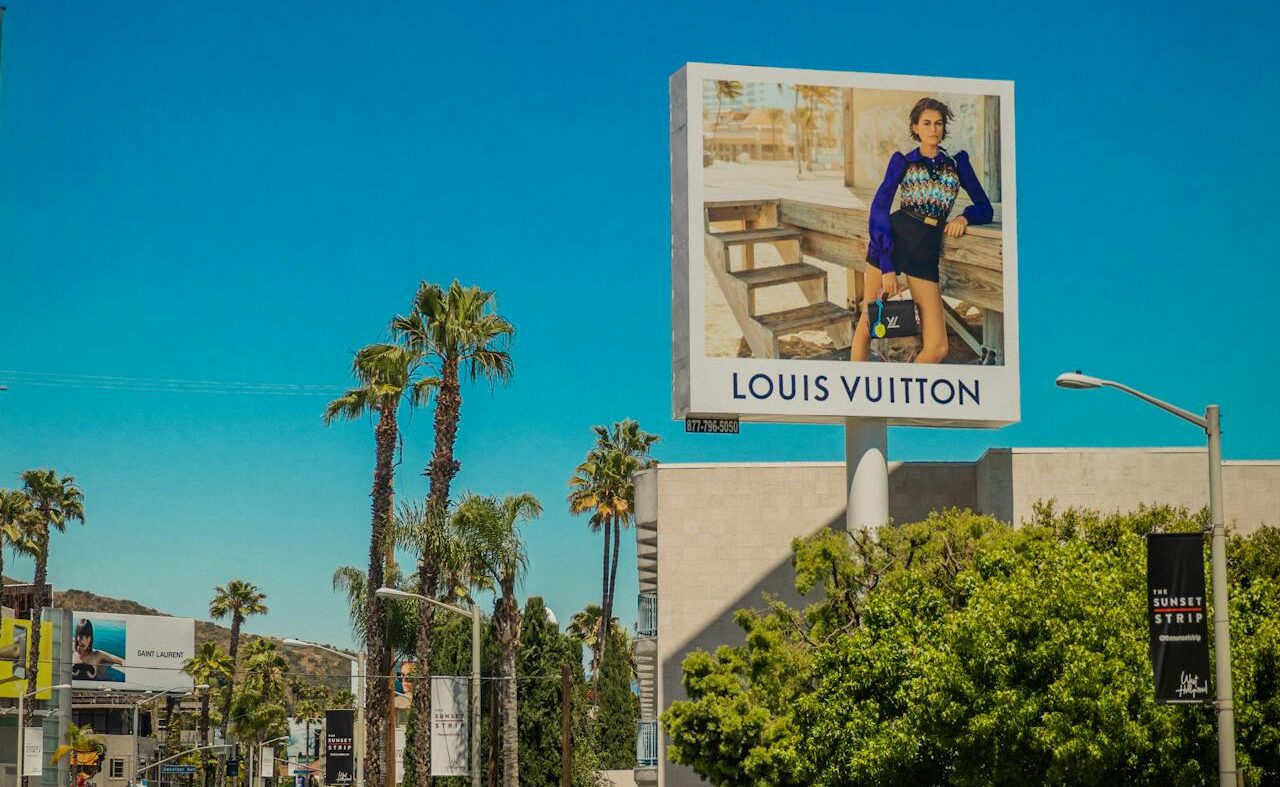In a world dominated by smartphones, social media feeds, and personalized digital ads, it might seem like old-school billboard advertising would be a relic of the past. After all, why would anyone invest in a static sign when data-driven digital campaigns can target consumers right down to their coffee preference?
But here’s the kicker: billboard advertising hasn’t just survived in the digital age—it’s thriving. While marketing budgets have shifted toward online platforms, billboards have carved out a unique and powerful niche. In fact, outdoor advertising remains one of the most cost-effective and impactful ways to build brand awareness. So, what’s the secret? Why do billboards still win big when so many traditional ad formats have faded?
Let’s dive into why these massive signs along highways and city streets are still relevant—and in many ways, more effective than ever.
The Power of Presence: Billboards Can’t Be Skipped or Blocked
One of the biggest challenges digital advertisers face today is ad fatigue. We’ve all been there—scrolling through Instagram or watching a YouTube video, only to be interrupted by a barrage of ads. Most users either ignore them, skip them, or use ad blockers altogether. Digital advertising has become a cluttered, competitive battlefield.
Billboards, on the other hand, are unskippable. They exist in the real world, standing tall in places with heavy foot or car traffic. Whether you’re stuck in rush hour traffic or walking down a busy avenue, a billboard is there. You don’t have to click anything. You don’t have to engage. You just see it. That passive exposure is exactly what gives billboards their power—they demand attention without interruption.
Massive Reach, Minimal Effort
Billboards offer a level of exposure that’s hard to match. Think about it: a single billboard on a major highway can reach thousands, if not millions, of people in a week. No clicks required, no complicated metrics, just pure, wide-ranging visibility.
What’s more, this reach often includes a diverse audience. Digital ads, for all their strengths, tend to target specific niches. That’s great for conversions, but not always ideal for building broad brand recognition. If you’re launching a new brand or trying to make a splash in a crowded market, billboards provide a massive canvas to do just that.
The Psychology of Repetition
There’s a reason big brands continue to invest in outdoor advertising: it works. Psychology plays a big role here. The more times someone sees a brand, the more likely they are to trust it. This concept, known as the mere-exposure effect, is powerful—and billboards are excellent at creating it.
When someone drives by the same billboard every day on their commute, the brand message slowly sinks in. Unlike a fleeting Instagram Story, billboards stick around. They become a familiar part of someone’s daily landscape. That familiarity builds trust and recognition, which are the bedrock of consumer loyalty.
Billboard Meets Digital: A New Era of Smart Outdoor Advertising
The digital age hasn’t killed billboards—it’s actually made them smarter. Today’s digital billboards can rotate multiple messages, change in real-time based on weather or traffic data, and even interact with mobile devices using geolocation.
Imagine a billboard that shows a coffee ad during the morning rush, then switches to a fast-food promo by lunchtime. Or one that updates its message depending on the local sports team’s game schedule. This blend of traditional visibility with digital flexibility has opened up a whole new world of creative possibilities.
Even better, billboard campaigns can now be tracked using modern tech tools. Marketers can analyze traffic patterns, use GPS data, and even run A/B testing across different billboard locations. It’s no longer just about planting a sign and hoping for the best—billboard advertising is becoming just as strategic and data-driven as its online counterparts.
Building Brand Credibility with Real-World Footprint
Let’s not underestimate the psychological weight of being visible in the physical world. When people see a brand on a billboard—especially in a high-traffic, premium location—it sends a message: this brand is legit.
That real-world presence builds credibility in a way that online-only brands often struggle to replicate. Sure, anyone can start a Shopify store or launch an Instagram ad. But getting your name on a prominent billboard? That still carries weight. It signals that your brand is established, successful, and worth paying attention to.
For startups trying to make a name for themselves, or established businesses reinforcing their dominance, billboard advertising can serve as a badge of honor—a physical proof point that your brand has arrived.
Cost-Effective and High ROI
While it might seem like outdoor advertising is expensive, the return on investment often tells a different story. Studies have consistently shown that billboards offer one of the lowest cost-per-thousand impressions (CPM) in advertising. You’re paying less to reach more people.
Combine that with the long-lasting impact and brand recall that billboards create, and you’ve got a surprisingly efficient use of marketing dollars. Especially when compared to digital ads where click fraud, bots, and algorithm changes can skew performance, billboards provide a more stable, transparent return.
Final Thoughts: Old-School Meets New-School
In the digital age, marketing is all about balance. You need online strategies to engage, convert, and measure. But you also need real-world presence to build credibility, awareness, and long-term brand equity.
That’s where billboards come in. They offer a unique combination of scale, visibility, and psychological impact that digital channels often lack. And with modern technology enhancing how we design, deploy, and measure billboard campaigns, outdoor advertising is more relevant than ever.
So the next time you pass a massive sign on the highway or in the heart of downtown, don’t just see it as background noise. That billboard is doing what it does best—winning hearts, turning heads, and proving that in a digital-first world, old-school still has serious game.


Leave a Reply